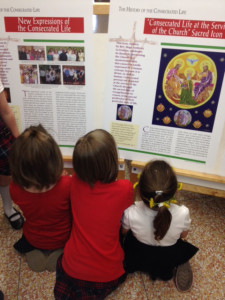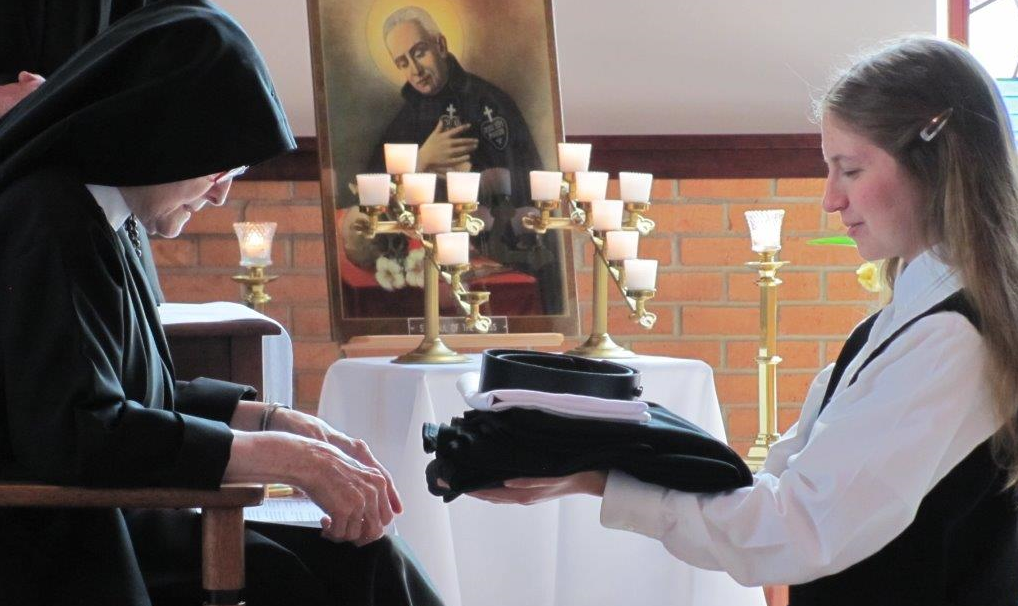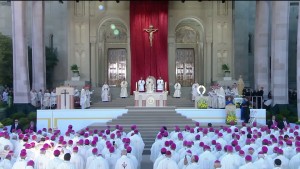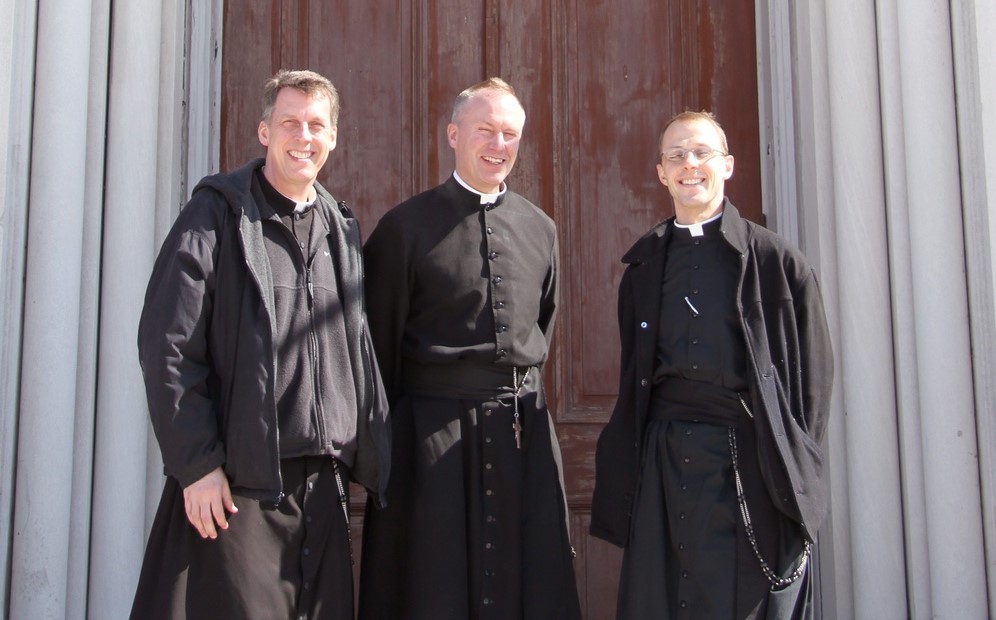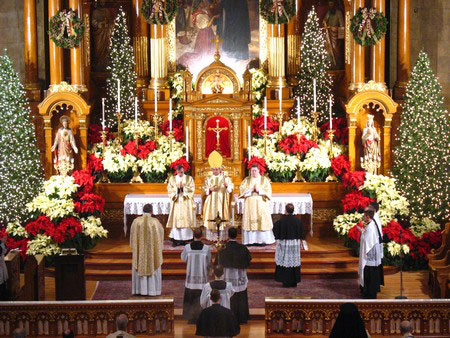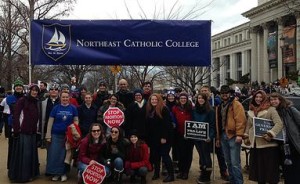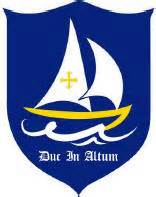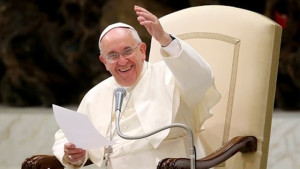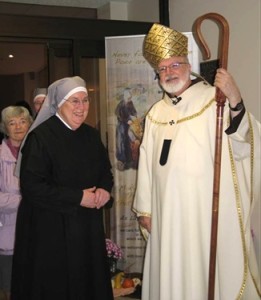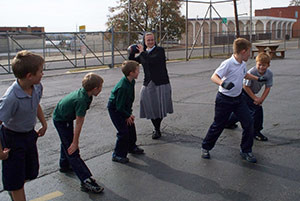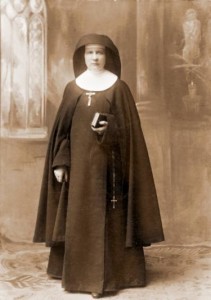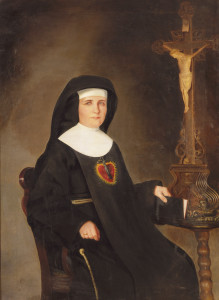 Back in Rome from his trip to Cuba and the United States, Pope Francis addressed Sister Servants of the Sacred Heart of Jesus from Poland Tuesday. The sisters were in Rome to give thanks for the recent beatification of the co-foundress, Bl. Klara Ludwika Szczesna.
Back in Rome from his trip to Cuba and the United States, Pope Francis addressed Sister Servants of the Sacred Heart of Jesus from Poland Tuesday. The sisters were in Rome to give thanks for the recent beatification of the co-foundress, Bl. Klara Ludwika Szczesna.
The Holy Father addressed the Sister Servants of the Sacred Heart of Jesus following catechesis and explained how Bl. Klara is a great witness for all to emulate. He said, “By her life, the new Blessed taught us about giving oneself to God, humble service to neighbors, life according to the spirit of the Gospel, and sensitivity to the poor, to those in need and those who have lost their way in life. May her motto, ‘All for the Heart of Jesus,’ be a challenge for all of us, so that we may live according to God’s will.”
Bl. Klara Ludwika Szczesna was born on July 18, 1863 in Cieszki, Poland. She decided at a young age to dedicate herself to the Lord and entered with the Servants of Jesus, an underground religious congregation as religious orders were forbidden under Russian rule. Her superiors in the Servants of Jesus sent her to Krakow to aid servants there. She shared similar concerns for them that St. Joseph Sebastian Pelczar had and became the co-foundress, first member and superior of the Sister Servants of the Most Sacred Heart of Jesus.
While Bl. Klara Ludwika Szczesna died nearly one hundred years ago in 1916, her memory and extraordinary witness live on as a testament to her faith and great love for the Lord and His children.

